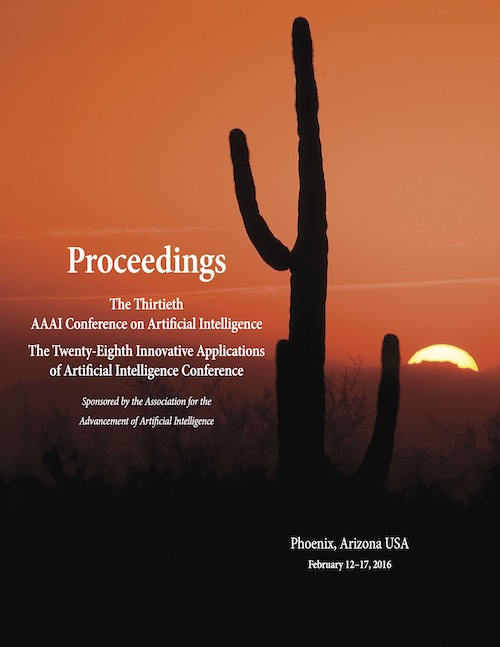STELLAR: Spatial-Temporal Latent Ranking for Successive Point-of-Interest Recommendation
DOI:
https://doi.org/10.1609/aaai.v30i1.9986Keywords:
latent ranking, point-of-interest recommendationAbstract
Successive point-of-interest (POI) recommendation in location-based social networks (LBSNs) becomes a significant task since it helps users to navigate a number of candidate POIs and provides the best POI recommendations based on users’ most recent check-in knowledge. However, all existing methods for successive POI recommendation only focus on modeling the correlation between POIs based on users’ check-in sequences, but ignore an important fact that successive POI recommendation is a time-subtle recommendation task. In fact, even with the same previous check-in information, users would prefer different successive POIs at different time. To capture the impact of time on successive POI recommendation, in this paper, we propose a spatial-temporal latent ranking (STELLAR) method to explicitly model the interactions among user, POI, and time. In particular, the proposed STELLAR model is built upon a ranking-based pairwise tensor factorization framework with a fine-grained modeling of user-POI, POI-time, and POI-POI interactions for successive POI recommendation. Moreover, we propose a new interval-aware weight utility function to differentiate successive check-ins’ correlations, which breaks the time interval constraint in prior work. Evaluations on two real-world datasets demonstrate that the STELLAR model outperforms state-of-the-art successive POI recommendation model about 20% in Precision@5 and Recall@5.

